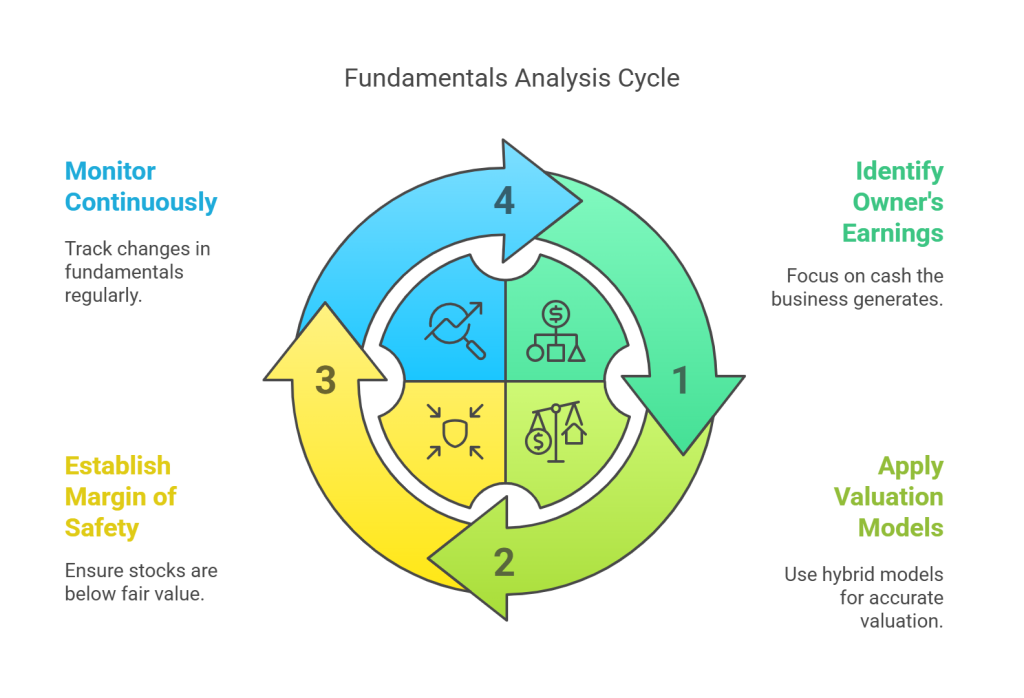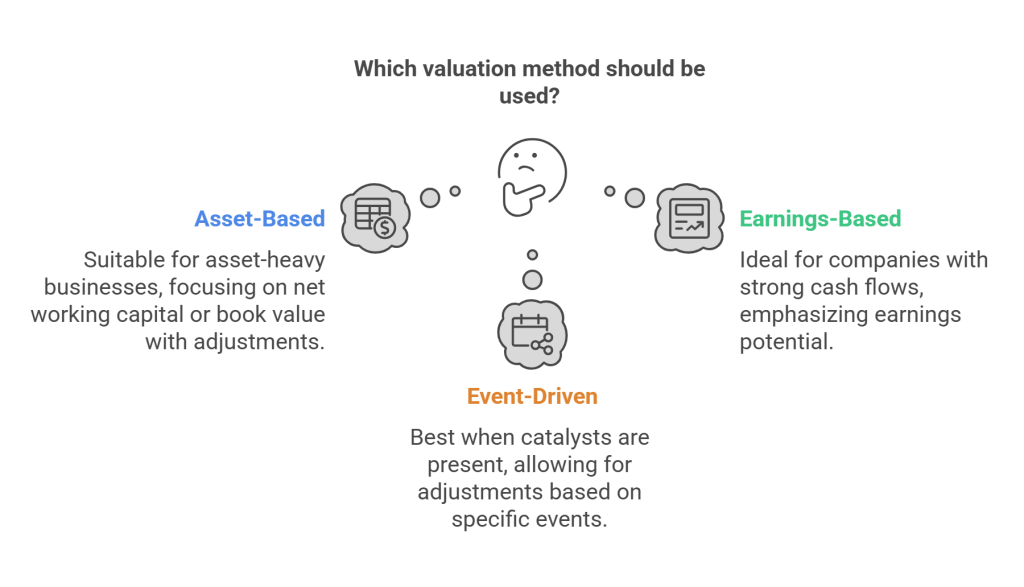
You’ve probably heard it before—“the market is a voting machine in the short term and a weighing machine in the long term.” But most investors forget what that really means. When stock prices bounce on headlines and herd emotions, you’re left wondering: Is this stock actually worth buying, or am I just chasing smoke? That’s where fundamental analysis of stocks comes in. It’s your flashlight in the fog. In this article, I’ll show you how to move beyond hope and hype, and instead rely on the numbers that matter.
Let’s walk through the process I use in my own portfolio to figure out what a company is really worth—so you can stop guessing and start investing with conviction.

Fundamentals First: Why Surface-Level Metrics Lead You Astray
Before we go deeper, let’s address the trap that most investors fall into: relying on P/E ratios and dividend yields in isolation.
These numbers, while easy to find, often tell you very little unless they’re placed in context. A “low” P/E ratio could mean a stock is cheap—or it could be a red flag that the business is falling apart. If you don’t understand the underlying business, you’re just trading ticker symbols, not investing.
That’s why we start by asking the only question that matters: what is this business worth based on what it actually earns and owns?
Owner’s Earnings: The Most Important Number You’re Not Looking At
If you only take away one thing from this article, let it be this: focus on owner’s earnings, not reported net income.
Owner’s earnings strip out accounting gimmicks and one-time events. It’s the actual cash the business produces that can be reinvested or returned to shareholders. Buffett has said it’s the best measure of performance—and he’s right.
In my portfolios, I calculate this by adjusting reported earnings for capital expenditures, changes in working capital, and non-cash charges. The result is a much clearer picture of what the business can sustainably generate year after year.
Once we have this core number, we can start to build a fair value estimate that’s actually grounded in reality.
Valuation Models That Work: Intrinsic Value Without the Guesswork

Here’s where most investors get it wrong—they either overcomplicate things with discounted cash flow models full of flaky assumptions, or they oversimplify with multiples.
Instead, I use a hybrid valuation framework:
- Asset-based for asset-heavy businesses (e.g., net-net working capital or book value with adjustments).
- Earnings-based for operating companies with strong cash flows.
- Event-driven valuation when catalysts are in play.
Each of these is grounded in conservatism: we assume no heroic growth. If the business grows, that’s your bonus. But you never pay for the blue sky.
With intrinsic value in hand, your final step is to protect yourself from your own enthusiasm.
Margin of Safety: The Discipline That Separates Investors from Gamblers
Even the best valuation is an estimate—not a guarantee. That’s why we always insist on a margin of safety.
This isn’t just a slogan. I refuse to buy a stock unless it’s trading well below my estimate of fair value. Typically, I aim for at least a 30% discount, but the exact margin depends on how confident I am in the numbers.
When you buy this way, the market doesn’t need to cooperate for you to make money. Eventually, price converges to value. It always does. And if it doesn’t, you didn’t overpay.
Of course, none of this works if you don’t know when the fundamentals change. That’s where ongoing monitoring comes in.
Stay Alert: When to Recalculate and When to Exit
Once a stock enters the portfolio, it’s not on autopilot. I track earnings reports, margin trends, insider activity, and strategic developments. If the fundamentals improve, I raise my fair value estimate. If they deteriorate, I cut and move on.
I don’t marry my stocks—I date them with a prenup. The only thing that deserves your loyalty is the process.
You Don’t Need a Crystal Ball—Just a Compass
Fundamentals analysis in stocks isn’t magic. It’s just business sense, applied with discipline. You’re not trying to forecast next quarter’s earnings or outguess the market. You’re trying to understand what a business is worth and buy it for less.
That’s it. That’s the whole game.
If you’re ready to stop guessing and build a portfolio with real conviction, subscribe to the newsletter. I share the exact analysis I use for every stock in my Premium Portfolio—including when to buy, how much, and when to sell.
Let’s make the market work for you—not the other way around.

Shailesh Kumar, MBA is the founder of Astute Investor’s Calculus, where he shares high-conviction small-cap value ideas, stock reports, and investing strategies.
His work has been featured in the New York Times and profiled on Wikipedia. He previously ran Value Stock Guide, one of the earliest value investing platforms online.
Subscribe to the Inner Circle to access premium stock reports and strategy insights.
Featured in:








